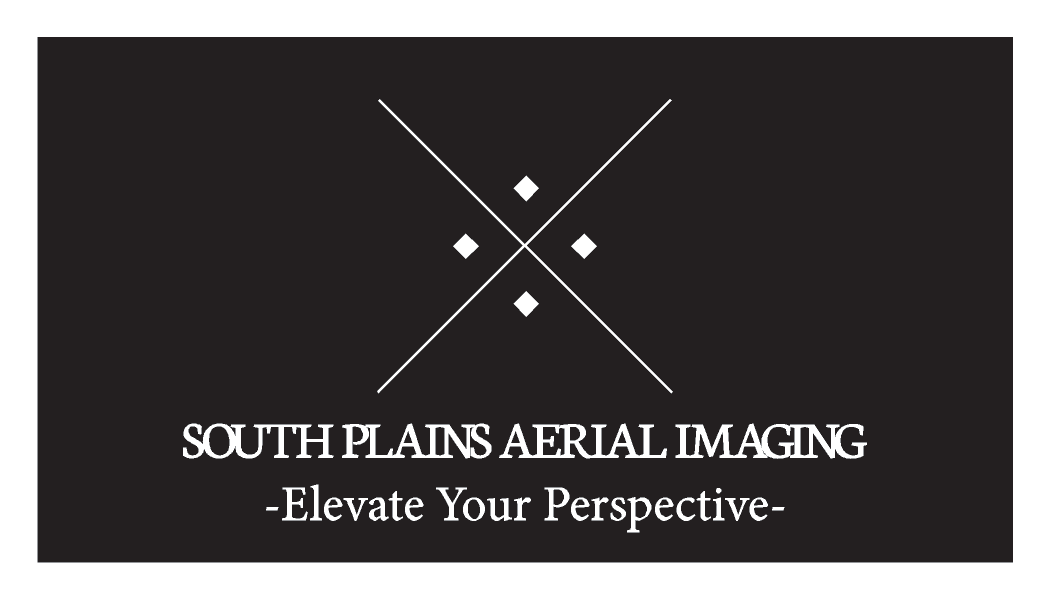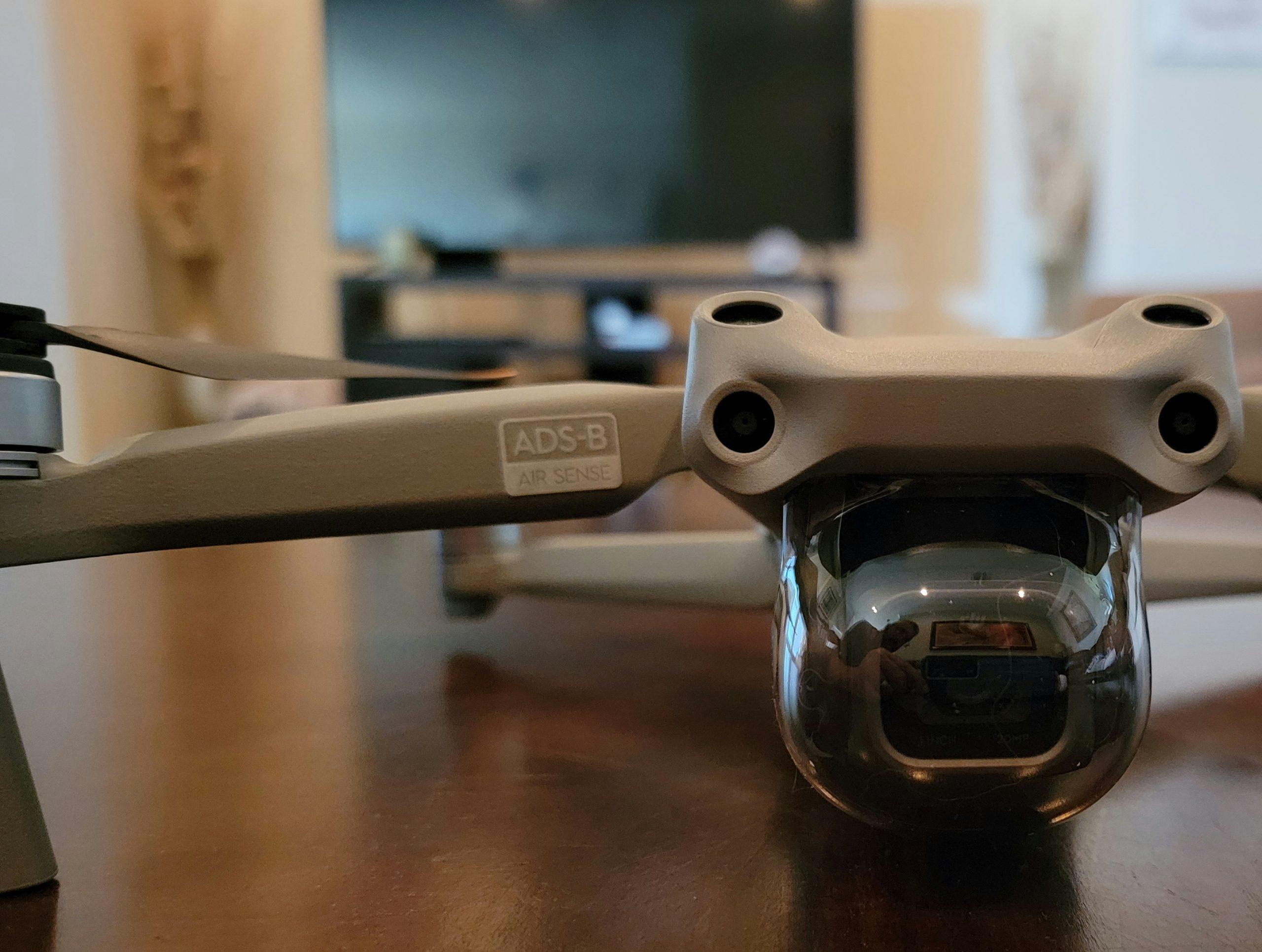The Rise of Drones and the Need for Remote ID
The rapid growth of drones has transformed industries like aerial photography, inspections, cinematography, agriculture, and search and rescue. However, with thousands of drones entering the skies, integrating them safely into the national airspace system has become a major challenge.
To address this, the FAA introduced Remote Identification (Remote ID), often described as a “digital license plate” for drones. This system allows authorities and the public to identify drones in flight, track their location, and verify operator compliance, enabling safer and more coordinated airspace operations.
What is FAA Remote ID for Drones?
Remote ID acts like a transponder for unmanned aircraft, broadcasting:
-
Location and altitude
-
Speed and heading
-
Drone registration information
-
Operator identification (authorized personnel only)
This data is accessible to the FAA, air traffic control, first responders, and authorized agencies, ensuring real-time situational awareness and compliance.
Why Remote ID is Essential
With drone registrations climbing daily, managing airspace safely is more complex than ever. Remote ID helps:
-
Prevent mid-air collisions
-
Identify unauthorized drone activity
-
Support emergency response and accident investigations
-
Reduce security risks and privacy concerns
By providing visibility into drone activity, authorities can enforce compliance, maintain safety, and give the public confidence in drone operations.
Benefits for Drone Operators and Authorities
For drone operators:
-
Legal compliance under 14 CFR § 107
-
Reduced risk of fines or airspace violations
-
Enhanced professional reputation and credibility
For authorities and first responders:
-
Improved emergency response and tracking
-
Clear separation of commercial vs recreational drone flights
-
Supports national airspace security and investigations
Privacy and Security Considerations
While Remote ID enhances safety, it introduces potential privacy concerns:
-
Operator locations may be inferred from drone broadcasts
-
Open-access systems could expose sensitive info
-
Public interactions may arise if drones operate near private property
Best practices:
-
Mark drones with company logos and FAA certification
-
Avoid unnecessary hover over private property
-
Notify neighbors when operating in populated areas
Implementation Challenges
Standardizing Remote ID across all drones presents technical and operational hurdles:
-
Proprietary technology differences between manufacturers
-
Connectivity issues in remote locations
-
Maintaining reliable and consistent broadcasts
Collaboration between the FAA, manufacturers, and software developers ensures a balanced approach to safety, privacy, and operational reliability.
The Future of Remote ID
Since September 16, 2023, most U.S. drones are required to comply with Remote ID rules. The long-term benefits include:
-
Safer skies for all aircraft
-
Streamlined emergency response and law enforcement coordination
-
Greater public trust in drone operations
-
Standardized, cross-brand interoperability
Remote ID is poised to become a cornerstone of responsible drone operations in the U.S.
Key Takeaways
-
Remote ID ensures safe drone integration into national airspace
-
Real-time identification and tracking support compliance and safety
-
Privacy concerns must be addressed responsibly
-
Collaboration between operators, manufacturers, and regulators is essential
For more on why FAA compliance matters, check out: Why Hire a Licensed Drone Operator in Lubbock, TX: Safety, Compliance, and Expertise
https://spairimaging.com/2023/08/22/licensed-drone-operator-lubbock/
Conclusion: Remote ID as a Game-Changer
Remote ID revolutionizes drone operations by balancing safety, compliance, privacy, and operational oversight. Operators who adhere to these rules can fly responsibly, while authorities maintain secure and organized skies.
Contact South Plains Aerial Imaging today to schedule FAA-compliant drone services for inspections, mapping, or aerial imaging projects across Lubbock, the Texas Panhandle, and the Permian Basin.
-
Website: www.spairimaging.com
-
Phone: 806-502-4365
-
Email: info@spairimaging.com

